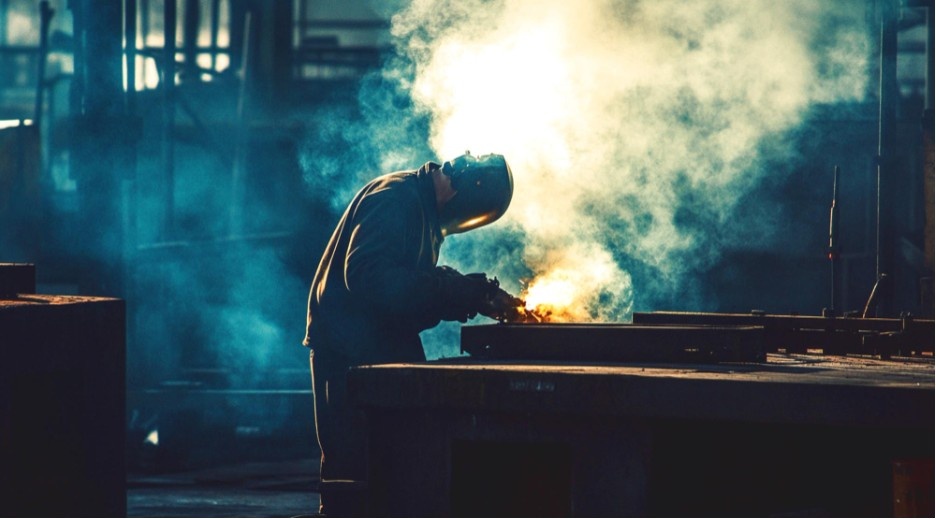I remember one of the first times I visited a welding workshop as part of my safety assessment job. The air was thick with the smell of burning metal, and I could feel my throat tightening slightly. I had spent years working with safety protocols, but it was the first time I had witnessed firsthand just how much welding fumes could affect a worker’s well-being. While the spark and heat of the welding process were dazzling, the hazards of breathing in the fumes were equally significant.
Welding is a vital component of numerous industries, ranging from construction to automotive repair. But with its indispensable nature comes the undeniable risk of health hazards. Among these, breathing in welding fumes is one of the most concerning. These fumes contain a mixture of metals, gases, and chemicals that can severely impact your respiratory health if not properly managed. Fortunately, there are several practical ways to protect yourself and your team from these dangers.
In this post, I’ll guide you through managing the hazards associated with breathing in welding fumes, from understanding the risks to implementing safety protocols that’ll keep you safe.
What Are the Risks of Breathing in Welding Fumes?
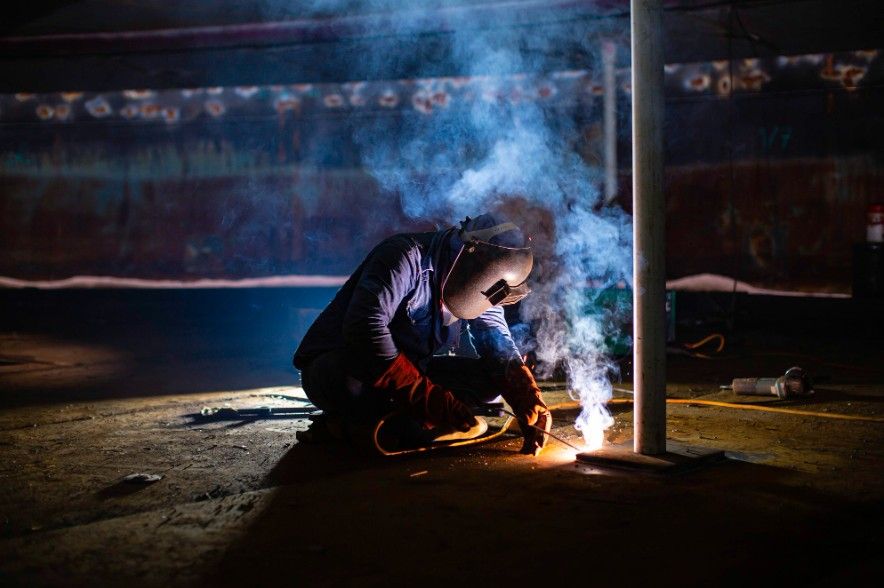
What’s in Welding Fumes?
Welding fumes are produced when metal is heated to its melting point and reacts with the air. This process creates a toxic cocktail of gases and tiny particles, which are then inhaled into the lungs. Some of the metals found in welding fumes include manganese, cadmium, chromium, and nickel, all of which can cause long-term health problems when inhaled regularly.
The real danger lies in the size of the particles. They’re so small that they can easily pass through the upper respiratory system, reaching deep into the lungs. This can lead to both short-term effects like dizziness and headaches, as well as long-term consequences, including lung cancer, metal fume fever, and chronic obstructive pulmonary disease (COPD).
How Does Breathing in Welding Fumes Affect Your Health?
One of the biggest challenges with welding fumes is that they often don’t cause immediate noticeable symptoms. But over time, regular exposure can lead to serious respiratory problems, as well as issues with the central nervous system and kidneys. For example, manganese, a common component in welding fumes, has been linked to neurological disorders, particularly when exposure occurs over long periods.
Other potential effects of breathing welding fumes include:
- Headaches
- Nausea
- Dizziness
- Shortness of breath
- Chest pain
- Coughing and irritation of the throat
If left unchecked, these risks can lead to more severe, long-lasting health issues, which is why proper protection is essential when welding.
How Can You Minimize the Risk of Breathing in Welding Fumes?
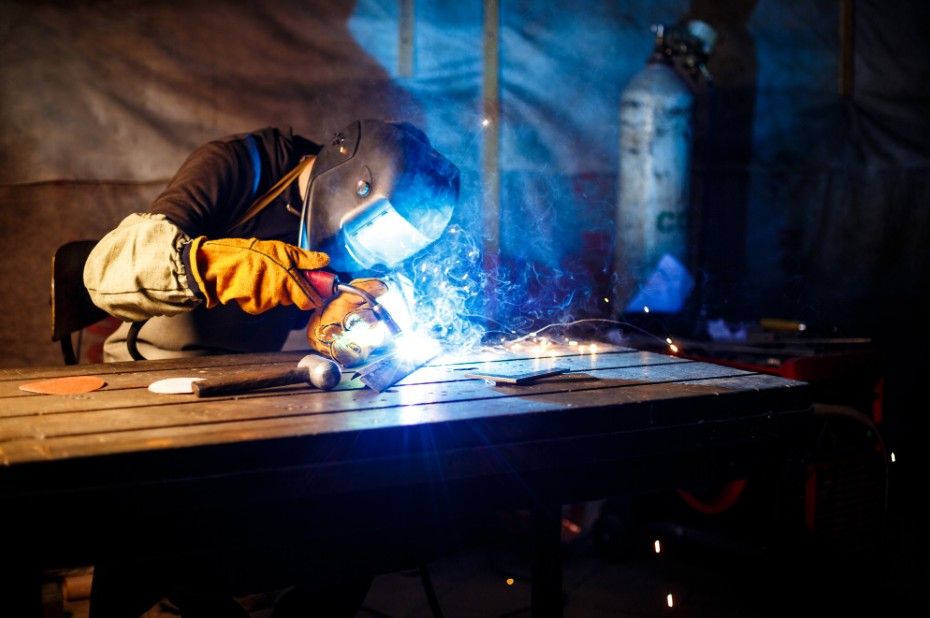
What Safety Measures Can You Take to Reduce Exposure?
Managing the hazards associated with breathing in welding fumes is non-negotiable when it comes to workplace safety. The good news is, there are a range of proactive steps you can take to minimize your exposure and protect your health. These strategies range from the right equipment to workplace layout adjustments. Here’s a breakdown of the best practices for controlling the hazards:
1. Ventilation is Key
Proper ventilation is one of the most effective ways to control welding fumes. The goal is to ensure that fresh air is continuously circulating in the welding area to dilute and remove fumes before they’re inhaled. There are two main approaches to ventilation:
- Local Exhaust Ventilation (LEV): This involves using fume extraction systems or downdraft tables that draw fumes away from the welder’s breathing zone and expel them outside. These are often seen in modern workshops as an effective way to remove fumes at the source.
- General Ventilation: This refers to providing ample airflow throughout the workspace using fans, ducts, or other air-moving systems to create a continuous flow of fresh air. This is typically used in combination with LEV for optimal safety.
2. Personal Protective Equipment (PPE)
While ventilation can help minimize fumes in the environment, wearing the right PPE is critical for protecting yourself. Here are some key pieces of equipment to use:
- Respirators: A half-mask or full-face respirator equipped with the proper filters can offer protection from welding fumes. Make sure to choose a respirator that’s rated for the specific type of fumes present in your work environment (for instance, one that protects against metal fumes).
- Welding Helmets: These not only protect your face and eyes from the sparks but also provide some degree of protection against fumes. Look for ventilated helmets that include air filtration.
3. Limit Exposure Time
In addition to PPE and ventilation, limiting your exposure to welding fumes can significantly reduce the risks. Workers should avoid prolonged exposure to high-fume areas and take regular breaks to step outside and get fresh air. For workplaces that involve multiple welders, it’s essential to establish rotational shifts to prevent long-term exposure for any individual.
4. Regular Monitoring and Maintenance
Conducting regular air quality monitoring ensures that the welding area remains a safe environment. Air sampling can measure the concentration of toxic fumes in the workplace, while maintenance checks on fume extraction systems ensure that everything is working properly. Having a monitoring program in place can help catch issues before they become dangerous.
How to Make the Most of Welding Fume Protection
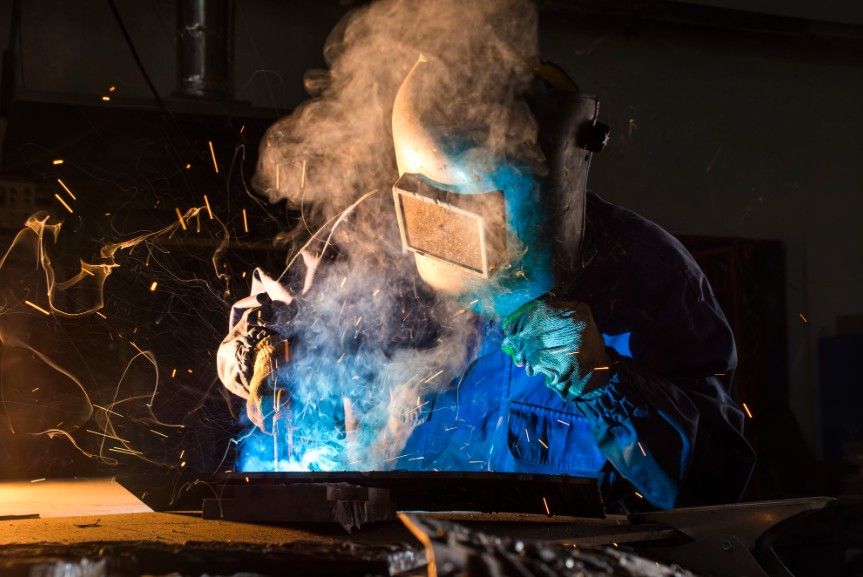
What Can You Do to Stay Safe and Compliant?
Taking the necessary steps to prevent the dangers of welding fumes is essential for both individual safety and workplace compliance. Here’s how to make sure you’re getting the most out of your welding fume protection:
- Stay Updated on Regulations: Workplaces should always comply with safety regulations set by OSHA and other governing bodies. Regularly check and follow safety standards to ensure you’re using the best practices for fume control.
- Maintain Equipment and PPE: Ensure that all equipment, including ventilation systems and respirators, is properly maintained and functioning properly. Check and replace the filters on your respirator regularly to ensure its efficiency.
- Educate and Train Workers: Training is crucial. All employees should be trained in proper welding techniques, the effective use of PPE, and how to recognize symptoms of exposure. Encourage workers to take responsibility for their health by regularly reporting any discomfort or concerns they might have.
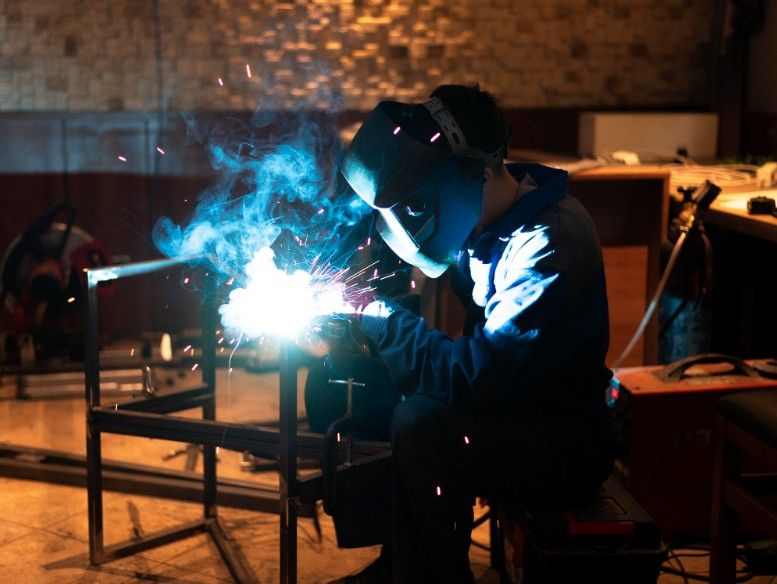
FAQ: All Your Questions About Welding Fume Safety
1. Can welding fumes be harmful even if you don’t see them?
Yes, welding fumes are hazardous even if you can’t see them. Many harmful chemicals in welding fumes, like manganese and cadmium, are invisible but still pose a significant risk. This is why it’s essential to rely on ventilation systems and personal protective equipment (PPE) rather than just visual cues to protect yourself.
2. Do I need to wear a respirator if I’m working in a well-ventilated area?
Even if the workspace is well-ventilated, wearing a respirator can still offer additional protection. Ventilation systems can help reduce the concentration of fumes, but they may not eliminate them entirely. A respirator, especially when dealing with toxic metals, is a reliable way to ensure you’re safe.
3. How do I know if my welding fume extraction system is working properly?
Ensure the system is regularly serviced and inspected. Airflow velocity and pressure should be checked to ensure the system is effectively removing fumes. You can also use air quality sensors to monitor levels of toxins in the air.
4. Are there alternatives to welding that don’t produce fumes?
Yes, alternatives like laser cutting, plasma cutting, or water jet cutting may produce fewer or no fumes compared to traditional welding. However, these methods may not be suitable for all applications. For welding, controlling the fumes is the best course of action.
Stay Safe, Breathe Easy
Welding is a valuable skill, and it’s essential to understand the associated risks. By managing welding fumes properly, you protect not only your lungs but your overall health. From ventilation and PPE to regular training and monitoring, taking a proactive approach ensures you and your team stay safe.
Remember, it’s not just about wearing a mask or turning on a fan—it’s about creating a safe work environment where everyone can focus on their craft without worrying about the hidden dangers in the air. Take these steps, stay vigilant, and keep breathing easy while you weld. Safety is always the best design.

